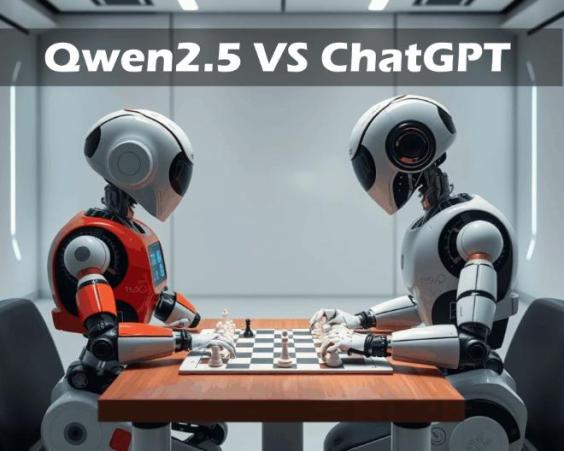The Psychology Behind Discounted Prices: What Works and What Doesn't
In the world of marketing and promotions, discounted prices are a common tool to attract customers and increase sales. However, what is behind this strategy? Why does it work in some cases and not in others? In this article, we will explore the psychology behind discounted prices and what we can learn from it to improve our marketing strategies.

The Power of Perception
Perception is a key factor in the psychology of discounted prices. When customers see a discounted price, their brain processes the information differently than it would with a regular price. This is because the discounted price creates a sense of value and savings in the customer's mind.
For example, if a product has an original price of $100 and is offered with a 20% discount, the customer will perceive that they are saving $20. This can make the product more attractive and increase the likelihood that the customer will buy it.
The Availability Theory
The availability theory is a psychological concept that refers to the tendency of people to judge the probability of an event based on the ease with which they can recall similar examples. In the context of discounted prices, this means that customers are more likely to remember the original prices of products and compare them to the discounted prices.
For example, if a customer sees a product with an original price of $100 and a discounted price of $80, they are more likely to remember the original price and feel that they are saving $20. This can make the product more attractive and increase the likelihood that the customer will buy it.
The Discounted Pricing Strategy
The discounted pricing strategy can be effective in certain cases, but it can also have its limitations. Here are some strategies that work and others that don't:
- Temporary discounted prices: Temporary discounted prices can be effective in creating a sense of urgency and increasing sales within a certain period. However, if used too often, they can lose their effectiveness.
- Permanent discounted prices: Permanent discounted prices can be effective in attracting customers who are looking for savings, but they can negatively affect the perception of the product's value.
- Selective discounted prices: Selective discounted prices can be effective in attracting customers who are looking for savings on specific products, but they can create a sense of unfairness among customers who cannot access the discounts.
What Doesn't Work
Here are some strategies that don't work:
- Excessive discounted prices: Excessive discounted prices can create a sense of low quality or that the product is not valuable.
- Meaningless discounted prices: Meaningless discounted prices, such as a 1% or 2% discount, may not be attractive enough to customers.
- Discounted prices that don't fit the target audience: Discounted prices that don't fit the target audience may not be effective in attracting customers who are looking for savings.
The psychology behind discounted prices is complex and depends on several factors, such as perception, the availability theory, and the discounted pricing strategy. By understanding how these factors work, marketing professionals can create effective discounted pricing strategies that attract customers and increase sales. However, it is important to remember that discounted prices are not a magic solution and that it is important to consider the target audience and overall marketing strategy when creating a discounted pricing strategy.





